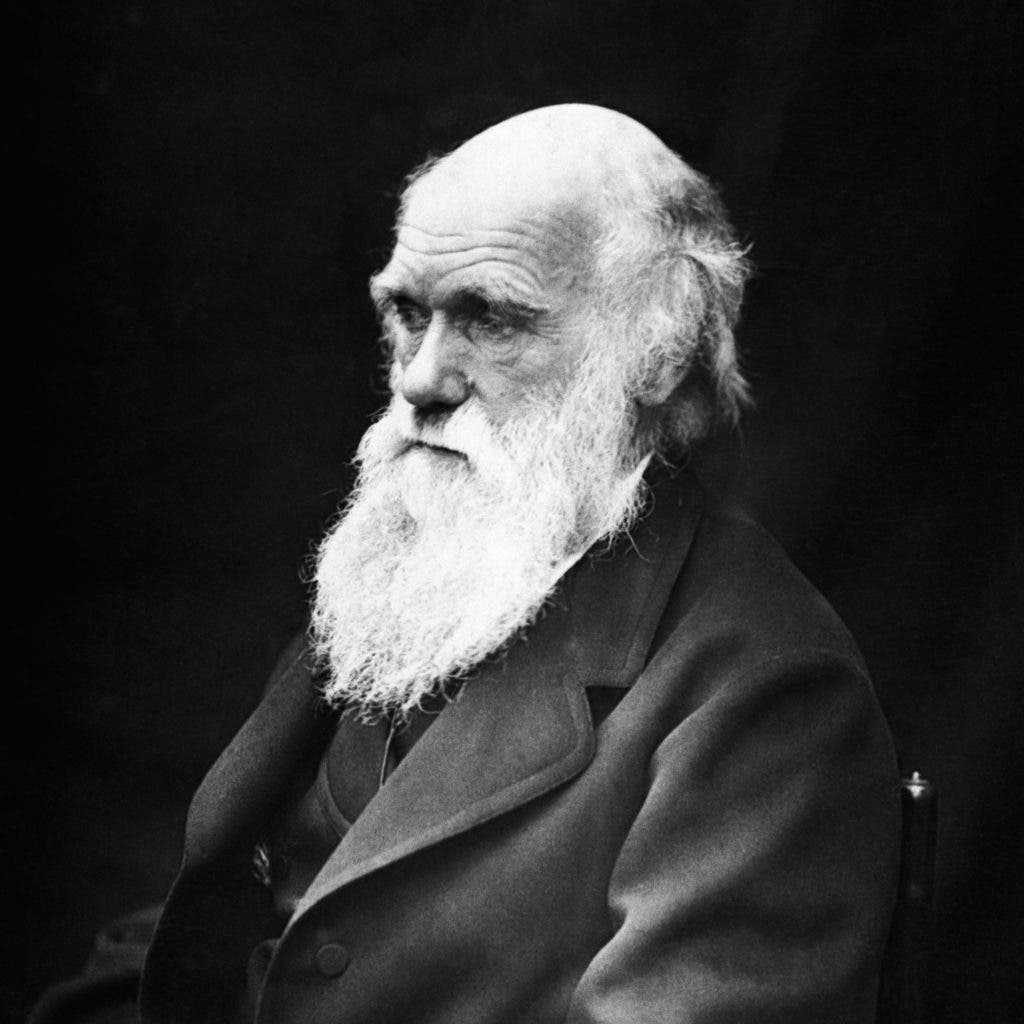The theory of evolution through natural selection by biologist, geologist, and naturalist Charles Darwin made him one of the most influential people in history. But, in reality, this is not his only contribution to science.

His investigations supported the concept that humans were animals and members of a single species. He also looked at sexual selection and its influence on beauty, the pollination of orchids, and the evolution of human psychology.
Although he died in 1882, his research still shapes our understanding of the world to this day — and are still relevant scientific topics. A new study by researchers from the University of Cambridge confirmed one of the hypotheses proposed in Darwin’s origins of species.
After analyzing a multitude of studies on small mammals, the researchers have shown that the most diverse lineages have both more species but also subspecies, which confirms that they have a very important role in evolution.
“Darwin said that animal lineages with more species also have to have more varieties, in other words, subspecies,” said in a statement Laura van Holstein, one of the researchers. And that is exactly what has been confirmed, thanks to the analysis of the studies carried out with small mammals.
A species is a group of animals that can reproduce freely amongst themselves. Some species can contain subspecies — populations within a species that differ from each other by having different physical traits and their own breeding ranges. The study confirmed with new experimental data that evolution doesn’t occur in the same way and in the same speed in all mammals since not all of them face the same type of geographical barriers.
“We found the evolutionary relationship between mammalian species and subspecies differs depending on their habitat. Subspecies form, diversify and increase in number in a different way in non-terrestrial and terrestrial habitats, and this, in turn, affects how subspecies may eventually become species,” van Holstein said.
For example, van Holstein said, if a natural barrier like a mountain range gets in the way, it can separate animal groups and lead to different evolutionary journeys. Flying and marine mammals have fewer physical barriers in their environment.
There’s a strong relationship between the diversity of species and the diversity of subspecies, which indicates that the second is very important for the appearance of the first, the researchers argued. In fact, this relationship confirms that subspecies can be considered an early stage of speciation – the formation of new species.
The research represents a warning over the impact humans can have on animal habitats, both today and on their future evolution. The findings can help create new conservation strategies for endangered species across the world.
“Evolutionary models could now use these findings to anticipate how a human activity like logging and deforestation will affect evolution in the future by disrupting the habitat of species,” van Holstein said. “Animal subspecies tend to be ignored, but they play a pivotal role in longer-term future evolution dynamics.”
The study was published in the journal Proceedings of the Royal Society B.









